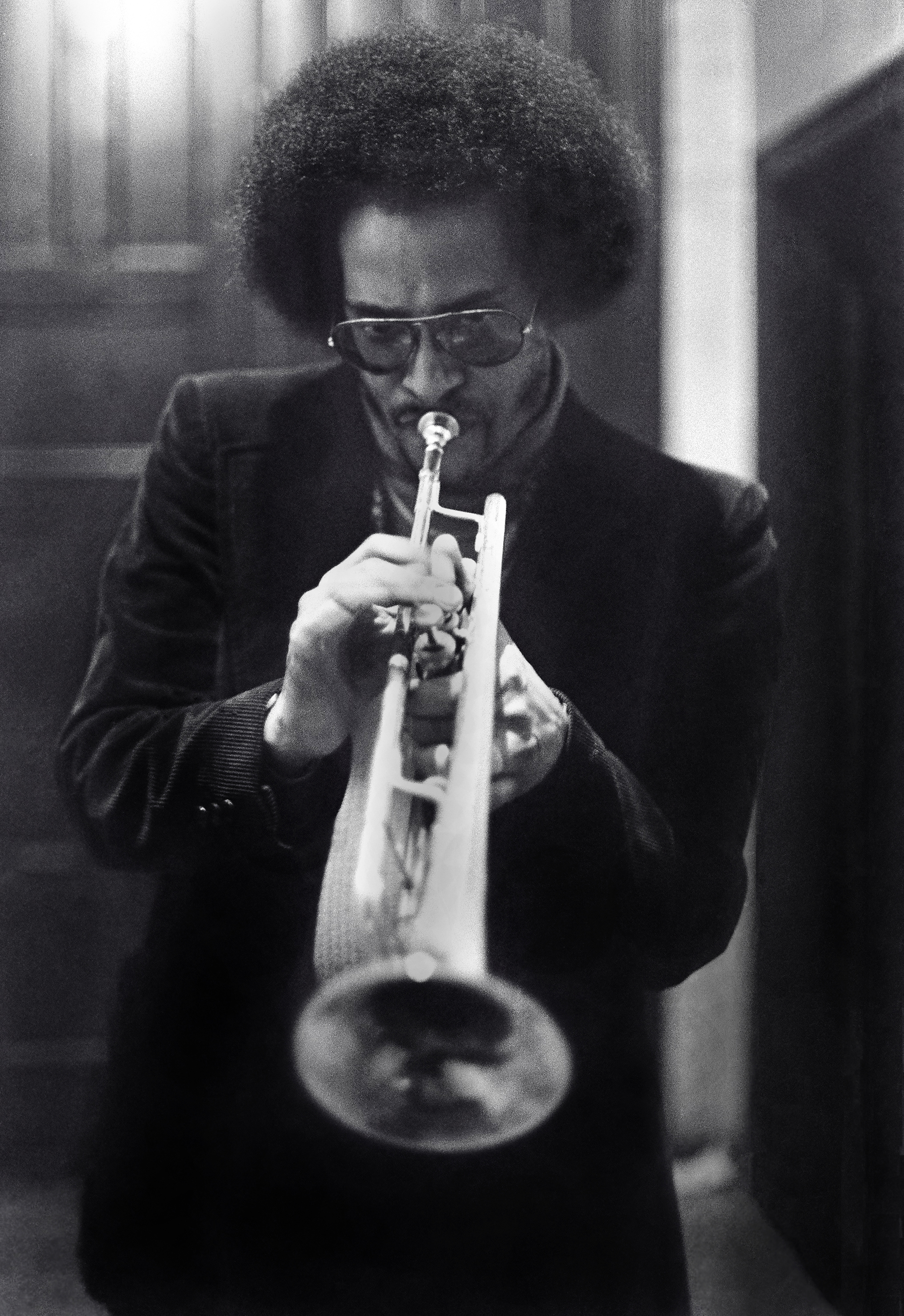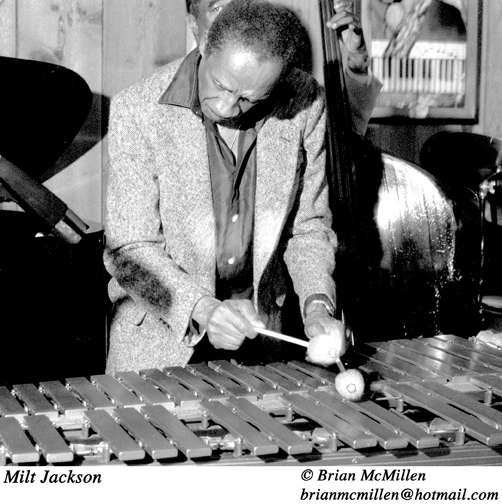|
The Night We Called It A Day (song)
"The Night We Called It a Day" is a popular song and jazz standard. The music was written by Matt Dennis, the lyrics by Tom Adair. The song was published in 1941. One early recording of the song is notable in that it was Frank Sinatra's first solo recording (Bluebird 11463 in 1942). A review in Billboard called the recording "a sparkling example of song" with Sinatra's singing and Axel Stordahl's musical direction. Sinatra also made studio recordings of the song for Columbia records in 1947 and Capitol Records in 1957. On May 19, 2015, Bob Dylan sang it on the second-to-last episode of ''The Late Show with David Letterman''. Recorded versions * June Christy - ''Something Cool'' (various 1954-2001) * Frank Sinatra - '' Where Are You?'' (1957), ''The Best of the Columbia Years (1943-1952)'' ox Set(1995, includes 1947 Columbia recording), ''The Essential Frank Sinatra with the Tommy Dorsey Orchestra'' -Disc(2005, includes 1942 RCA recording) * Chet Baker - ''Embraceable You'' (Pac ... [...More Info...] [...Related Items...] OR: [Wikipedia] [Google] [Baidu] |
Popular Music
Popular music is music with wide appeal that is typically distributed to large audiences through the music industry. These forms and styles can be enjoyed and performed by people with little or no musical training.Popular Music. (2015). ''Funk & Wagnalls New World Encyclopedia'' It stands in contrast to both art music and traditional or "folk" music. Art music was historically disseminated through the performances of written music, although since the beginning of the recording industry, it is also disseminated through recordings. Traditional music forms such as early blues songs or hymns were passed along orally, or to smaller, local audiences. The original application of the term is to music of the 1880s Tin Pan Alley period in the United States. Although popular music sometimes is known as "pop music", the two terms are not interchangeable. Popular music is a generic term for a wide variety of genres of music that appeal to the tastes of a large segment of the population, ... [...More Info...] [...Related Items...] OR: [Wikipedia] [Google] [Baidu] |
Clare Fischer
Douglas Clare Fischer (October 22, 1928 – January 26, 2012) was an American keyboardist, composer, arranger, and bandleader. After graduating from Michigan State University (from which, five decades later, he would receive an honorary doctorate), he became the pianist and arranger for the vocal group the Hi-Lo's in the late 1950s. Fischer went on to work with Donald Byrd and Dizzy Gillespie, and became known for his Latin and bossa nova recordings in the 1960s. He composed the Latin jazz standard "Morning", and the jazz standard "Pensativa". Consistently cited by jazz pianist and composer Herbie Hancock as a major influence ("I wouldn't be me without Clare Fischer"Hancock, Herbie; as told to Michael J. West"Herbie Hancock Remembers Clare Fischer" ''JazzTimes''. April 5, 2013. Retrieved 2013-05-24.), he was nominated for eleven Grammy Awards during his lifetime, winning for his landmark album, '' 2+2'' (1981), the first of Fischer's records to incorporate the vocal ensemble writin ... [...More Info...] [...Related Items...] OR: [Wikipedia] [Google] [Baidu] |
The Hi-Lo's
The Hi-Lo's were a vocal quartet formed in 1953, who achieved their greatest fame in the late 1950s and 1960s. The group's name is a reference to their extreme vocal and physical ranges (Bob Strasen and Bob Morse were tall, Gene Puerling and Clark Burroughs were short). History The group consisted of Gene Puerling (bass-baritone or fourth voice, arranger, leader, and occasional soloist), Bob Strasen (baritone or third voice), Bob Morse (baritone or second voice and frequent soloist) and Clark Burroughs (tenor or first voice/lead). In 1959, Bob Strasen left the group after he began losing his voice to unknown causes. After Strasen's departure, Bob Morse switched to the Baritone or third part, and tenor Don Shelton sang the second part. They were occasionally supported by Frank Sinatra. Clare Fischer was their pianist for years and occasionally wrote arrangements for the group. The Hi-Lo's recorded the theme song to the 1956 television series ''Noah's Ark''. They were also featur ... [...More Info...] [...Related Items...] OR: [Wikipedia] [Google] [Baidu] |
You Had Better Listen
''You Had Better Listen'' is a studio album by the American trumpeter Jimmy Owens and the pianist Kenny Barron, recorded in 1967 and released on the Atlantic label.Fitzgerald, MKenny Barron Discography accessed January 20, 2019 Reception In his review on AllMusic, Andrew Hamilton notes: "The Jimmy Owens-Kenny Barron Quintet doesn't condescend like some jazz artists tend to do; casuals can groove, relate, nod their heads in approval and feel righteous about it. Owens plays some beautiful trumpet scales, while Barron keeps busy banging chord progressions." Track listing All compositions by Kenny Barron except where noted # "You Had Better Listen" (Jimmy Owens) – 8:32 # " The Night We Called It a Day" (Matt Dennis, Tom Adair) – 5:11 # "Gichi" – 6:36 # "Love, Where Are You?" ( James Moody) – 6:59 # "Carolina John" – 8:07 Personnel * Jimmy Owens – trumpet, flugelhorn *Kenny Barron – piano *Bennie Maupin – tenor saxophone, flute * Chris White – bass *Rudy Coll ... [...More Info...] [...Related Items...] OR: [Wikipedia] [Google] [Baidu] |
Kenny Barron
Kenny Barron (born June 9, 1943) is an American jazz pianist, who has appeared on hundreds of recordings as leader and sideman and is considered one of the most influential mainstream jazz pianists since the bebop era. Biography Born in Philadelphia, Pennsylvania, Kenny Barron is the younger brother of tenor saxophonist Bill Barron (1927–1989). One of his first gigs was as pianist with the Dizzy Gillespie quartet. Barron was briefly a member of the Jazztet around 1962, but did not record with them. He graduated in 1978 with a BA in arts from Empire State College (Metropolitan Center, New York City). He co-led the groups Sphere and the Classical Jazz Quartet. Between 1987 and 1991, Barron recorded several albums with Stan Getz, most notably ''Voyage'', ''Bossas & Ballads – The Lost Sessions'', '' Serenity'', ''Anniversary'' and ''People Time'', a two-CD set. He has been nominated nine times for Grammy Awards and for the American Jazz Hall of Fame. He was elected a Fello ... [...More Info...] [...Related Items...] OR: [Wikipedia] [Google] [Baidu] |
Jimmy Owens (musician)
Jimmy Owens (born December 9, 1943) is an American jazz trumpeter, composer, arranger, lecturer, and educator. He has played with Lionel Hampton, Charles Mingus, Hank Crawford, Dizzy Gillespie, Count Basie, Herbie Mann, among many others. Since 1969, he has led his own group, Jimmy Owens Plus. Biography Jimmy Owens was born in New York City, New York, United States. He is a jazz trumpeter and, in addition, plays the flugelhorn. He is also a composer, lecturer, arranger and music education consultant, harnessing more than 45 years of musical experience. Owens does not have an enormous number of recordings as a leader; however, his career was instead nourished through session work with groups and band leaders.“Jimmy Owens.” AllMusic. Accessed on April 23, 2012. His encounter with music encompasses a vast ran ... [...More Info...] [...Related Items...] OR: [Wikipedia] [Google] [Baidu] |
Bags & Trane
''Bags & Trane'' is an album credited to jazz musicians Milt Jackson and John Coltrane, released in 1961 on Atlantic Records, catalogue SD 1368. Taking its title from Jackson and Coltrane's nicknames, it is the only collaborative record by the two, although only Jackson contributed original compositions. In actuality, the album belongs in Jackson's discography, as he was the session leader and still signed to Atlantic under the auspices of the Modern Jazz Quartet, and not in that of Coltrane, who had left the label for Impulse Records at the time of this album's first issue. However, like Prestige Records, as Coltrane's profile grew after he had stopped recording for the label, Atlantic released them with Coltrane's name more prominently displayed. Reception The contemporaneous '' DownBeat'' reviewer blamed the rhythm section for Jackson and Coltrane not gelling, and concluded: "the general impression is one of a session that could have been better, though it is still above ... [...More Info...] [...Related Items...] OR: [Wikipedia] [Google] [Baidu] |
John Coltrane
John William Coltrane (September 23, 1926 – July 17, 1967) was an American jazz saxophonist The saxophone (often referred to colloquially as the sax) is a type of single-reed woodwind instrument with a conical body, usually made of brass. As with all single-reed instruments, sound is produced when a reed on a mouthpiece vibrates to pro ..., bandleader and composer. He is among the most influential and acclaimed figures in the Jazz#Post-war jazz, history of jazz and 20th-century music. Born and raised in North Carolina, Coltrane moved to Philadelphia after graduating high school, where he studied music. Working in the bebop and hard bop idioms early in his career, Coltrane helped pioneer the use of Modal jazz, modes and was one of the players at the forefront of free jazz. He led at least fifty recording sessions and appeared on many albums by other musicians, including trumpeter Miles Davis and pianist Thelonious Monk. Over the course of his career, Coltrane's music t ... [...More Info...] [...Related Items...] OR: [Wikipedia] [Google] [Baidu] |
Milt Jackson
Milton Jackson (January 1, 1923 – October 9, 1999), nicknamed "Bags", was an American jazz vibraphonist, usually thought of as a bebop player, although he performed in several jazz idioms. He is especially remembered for his cool swinging solos as a member of the Modern Jazz Quartet and his penchant for collaborating with hard bop and post-bop players. A very expressive player, Jackson differentiated himself from other vibraphonists in his attention to variations on harmonics and rhythm. He was particularly fond of the twelve-bar blues at slow tempos. On occasion, Jackson also sang and played piano. Biography Jackson was born on January 1, 1923, in Detroit, Michigan, United States, the son of Manley Jackson and Lillie Beaty Jackson. Like many of his contemporaries, he was surrounded by music from an early age, particularly that of religious meetings: "Everyone wants to know where I got that funky style. Well, it came from church. The music I heard was open, relaxed, imprompt ... [...More Info...] [...Related Items...] OR: [Wikipedia] [Google] [Baidu] |
The Band And I
''The Band and I'' is an album by vocalist Irene Kral performing with Herb Pomeroy's Orchestra which was recorded in 1958 and originally released on the United Artists label.Irene Kral discography accessed November 15, 2016Fitzgerald, M. Irene Kral Leader Entry accessed November 15, 2016 Reception The review by Jason Ankeney stated "''The Band and I'' pairs Irene Kral with Ernie Wilkins and Al Cohn, whose energetic, robust arrangements capture a dimension of the singer rarely glimpsed on record – upbeat and persu ...[...More Info...] [...Related Items...] OR: [Wikipedia] [Google] [Baidu] |
Irene Kral
Irene Kral (January 18, 1932 – August 15, 1978) was an American jazz singer who was born to Czechoslovakian parents in Chicago, Illinois and settled in Los Angeles in the early 1960s. She died from breast cancer in Encino, California. Kral's older brother, Roy Kral, was developing his own career as a musician when she began to sing professionally as a teenager. She sang with bands on tours led by Woody Herman and Chubby Jackson, the Herman's bass player. She joined Maynard Ferguson's band in the late 1950s and sang with groups led by Stan Kenton, Terry Gibbs, and Shelly Manne. She had a solo career until her death at 46 years of age. She was a ballad singer who said Carmen McRae was one of her inspirations. She became better known posthumously when Clint Eastwood used her recordings in his 1995 movie ''The Bridges of Madison County''. [...More Info...] [...Related Items...] OR: [Wikipedia] [Google] [Baidu] |


